This is the latest installment in our “Hope and Opportunity” article series discussing migrant worker trends in Shanghai.
While the world debates the chances of robots replacing human labor and the Trump administration promotes the idea that China’s “cheap labor” have stolen American jobs, on the factory floors, the conversations are quite different. Factory managers are wondering why labor pools have dried up, and while China’s growing middle class is often a focus for studying consumer habits, the answer is that many migrants have expressed a longing for “escaping the busy city life” and returning to rural roots.
Particularly among migrant workers, many yearn to leave the eastern metropolises like Shanghai and return to their hometowns in the central and western provinces – a trend that we found in our recent interviews of more than 200 migrant travelers during this year’s Chinese New Year holiday season.
In this article, we take a look at why Shanghai historically has appealed to migrant workers, factors behind why the city is now losing that appeal, and some key opportunities for companies to face and overcome a possible labor shortage in the near future.
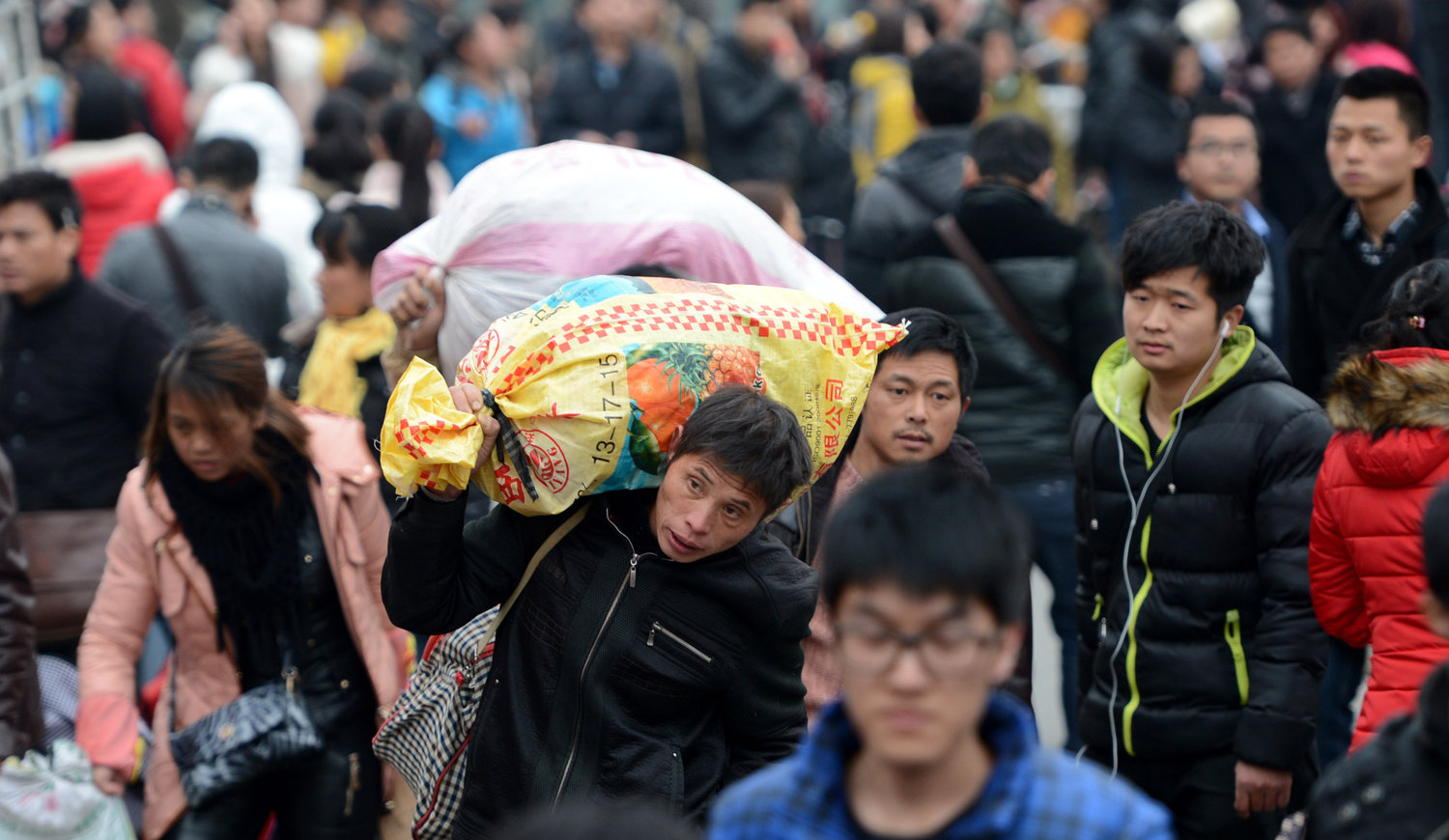
What makes Shanghai attractive?
In 2016, we at Collective published our Hope and Opportunity Report, which explored the unique and diverse stories of Shanghai migrant workers, giving insights to the human impact of urbanization.
Through our research, interviews, and surveys of migrant workers in the city, we found that four common reasons draw them to the city:
- Adventure and economic opportunity,
- Forced relocation and hardship,
- Education and growth opportunities, and
- Proximity to family and friends
Long seen as a place to get a new start and pursue one’s dream, it is little wonder that Shanghai has historically drawn some of China’s highest growth rates in past decades. However, in more recent years, that influx of workers pursuing hope and opportunity from across the country has started to trickle off.
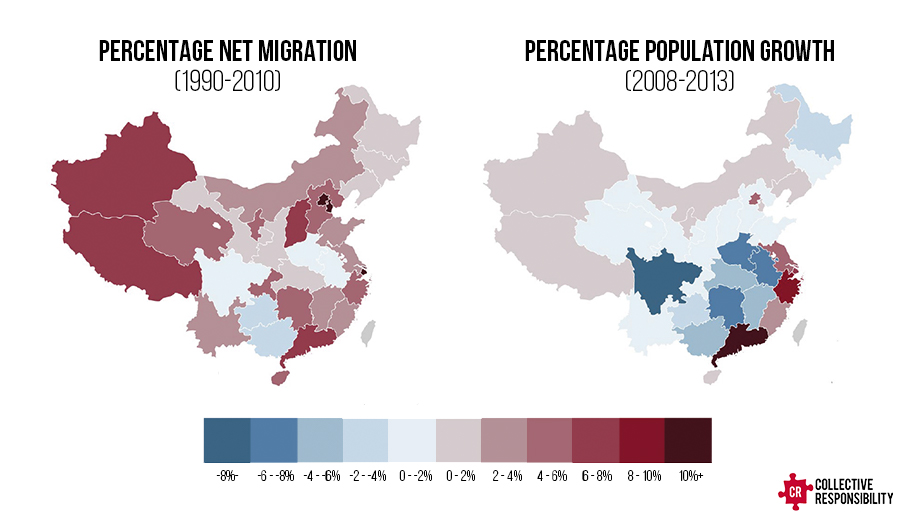
What insights imply that Shanghai is losing its appeal?
1. Negative growth rate of resident population
The Shanghai Bureau of Statistics announced that from 2011 to 2015, the growth rate of Shanghai’s residential population dropped from 1.96% to -0.4%. In 2015, Shanghai experienced its first negative residential population growth rate in 15 years.
2. Decreasing growth of migrant workers in China
In addition to the overall residential population shrinking, the growth rate of migrant workers in Shanghai also dropped – falling from 3.0% to 0.4% between 2012 and 2015, with a drop in inter-provincial migrant workers by 1.5%.
The trend in lower migrant workers from other provinces coming to the city suggests that they are less willing to work so far from home. In fact, the Chinese Academy of Social Sciences (CAS) released a research report in April last year showing that more than half of China’s rural population was unwilling to move to cities – citing reasons of aging, family, and maladjustment to city life. Our 2016 Hope and Opportunity Report findings support this trend.
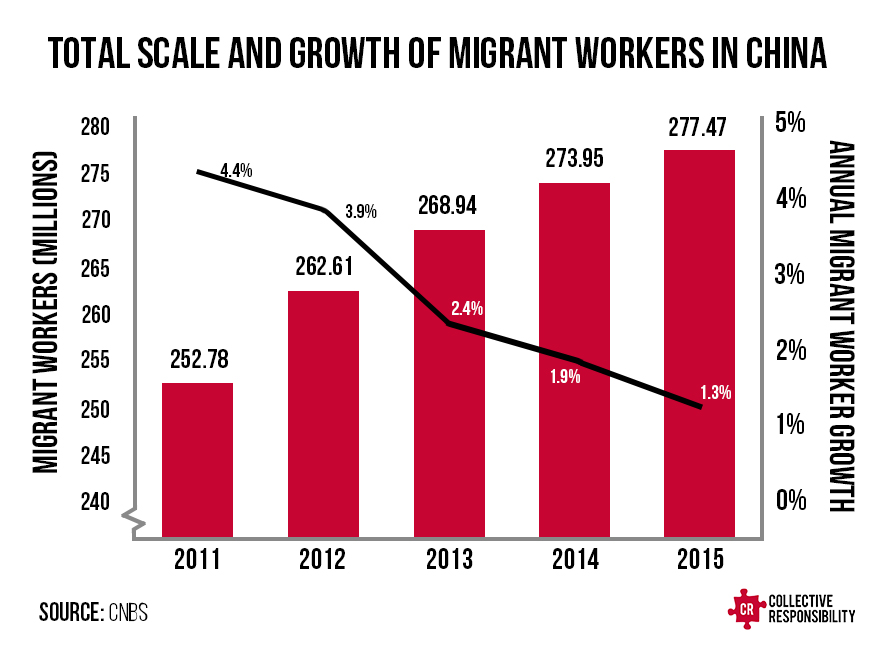
3. 回乡人: Rise in migrant workers returning home
Particularly in provinces like Sichuan, Chongqing, and Jiangsu – known for heavy-industry labor output – the wave of migrant workers returning home is particularly noticeable. One report by Bloomberg Businessweek found that main driver behind the rising trend in huíxiāngrén (people returning home) is that big cities are indeed losing their former attractiveness to migrants.
4. Our 2017 “Hope and Opportunity” findings
Before the Chinese New Year, we interviewed migrant workers in Shanghai, who are predominantly blue-collar workers. Some of our findings include:
- 45% of interviewees had lived in Shanghai for less than one year, and 55% wouldn’t return after Chinese New Year.
- Nearly 20% said they felt no sense of belonging in Shanghai, and 20% of workers claimed that Shanghai is merely a place to make money, deciding that their hometown is their true “home”.
- Ultimately, only 16% said they plan to settle down in Shanghai in the long-term.
Moreover, many interviewees complained about Shanghai’s high cost of living and stressful environment, claiming that their quality of life is dropping. Many of those planning to leave pointed out the bad traffic and air quality as factors forcing them leave.
But even the employment advantage that initially drew many to Shanghai in the first place seems to be unsatisfactory for some migrant workers. One construction team from Henan province mentioned that the salary difference between Shanghai and their hometown was decreasing, so they were trying to find projects back in Henan instead.
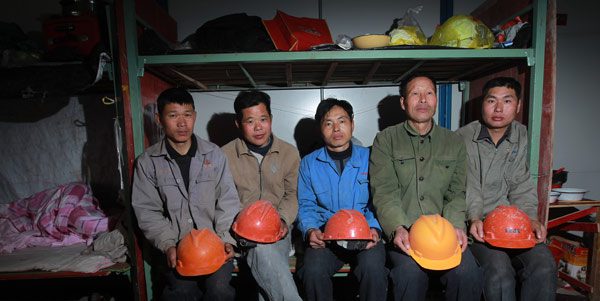
It seems that Shanghai is losing its competitive advantages – and therefore, its appeal – for migrant workers in search of employment, while its issues and downsides are worsening in the eyes of would-be migrant workers.
Does this mean a labor shortage is on the horizon? Not quite.
Despite the hundreds of millions of migrant workers that still continue to gravitate eastward to China’s major cities, many small and medium Shanghai companies have expressed concerns with facing a labor shortage. Some have suggested the labor shortage is connected to China’s overall “brain drain” trends, suggesting that Shanghai is losing its allure.
According to a 2016 report by Professor Gao Wenshu at CAS, around 17% of companies on China’s eastern coast say they face labor shortage.
Similarly, the Shanghai Bureau of Statistics randomly sampled Shanghai companies in 2012 and found “recruiting difficulties” was the second biggest problem companies faced, after “increasing costs”. Companies attributed the difficulty in recruiting talent to two major reasons: high living expenses and an unattractive salary in Shanghai.
However, the Shanghai Bureau of Statistics study also found that the “labor shortage” is subjective and seasonal.
Although companies find it harder to find labor, there is still enough labor itself – in fact, there might be a labor oversupply in the market. The difficulty lies in the mismatch behind companies’ recruitment standards and workers’ increasing salary expectations for the available job positions.
Additionally, the seasonality of the labor shortage mainly crops up during the annual festival period (around Chinese New Year) when many workers are on vacation back in their home provinces, not looking for opportunities in Shanghai.
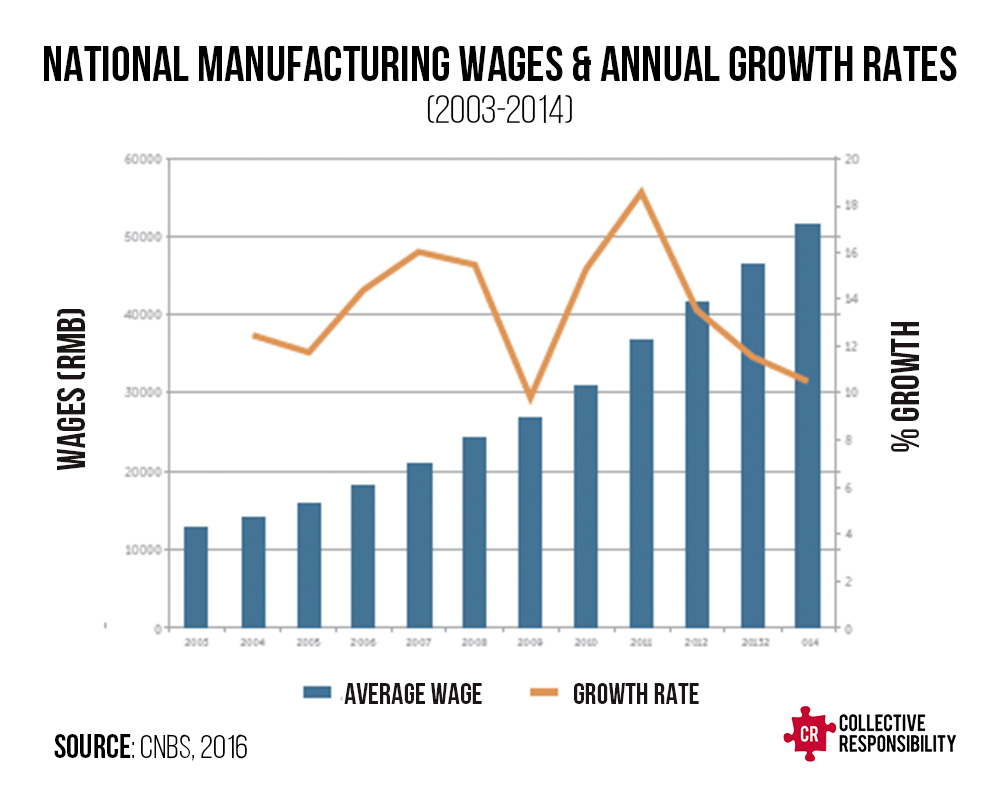
So if the labor shortage isn’t universally felt, what explains the struggle to find good talent that some companies are experiencing?
In his report, Gao found that labor shortage problem is encountered primarily by companies who have fewer competitive advantages and less profit-making ability. Shanghai losing its appeal is not the main cause of the impending labor shortage. The problem – and viable solutions – depend on strategies and efficiency tactics at the company level.
Conclusions: How Businesses Can Move Forward
Given the speed of transportation and evolving trends in migration and labor, firms operating in China – and especially in Shanghai – will need to develop and implement new strategies to attract the large talent pool. Here are just four insights from our 2016 Labor in China Report – which focuses on the manufacturing sector but can be adaptable for other industries as well:
1. Invest in labor pools local to migrants’ hometowns, not just Shanghai. While some operations still need to be maintained on the east coast, relocation and investment into western, central, and northern China is more feasible as the regions continue to develop infrastructure, supply chain, transport systems, and reduced costs.
2. Change management style to meet and exceed rising expectations. Recruitment of top talent into managerial positions and development of a progressive management style are of equal importance to improving company reputation in the eyes of migrant workers. As workers express their increasing expectations, firms need to be responsive to them and treat them like individuals, not statistics.
3. Allow for career path training and development to support ambitious migrant workers. Training and development signals to your workers that they are receiving invested resources and attention – and it shows that progression and skill development is not only achievable, it is expected and encouraged. Migrant workers are now more ambitious and career-orientated than ever before, and they should therefore be given opportunities to advance through hard work.
4. Invest in higher quality talent for long-term commitment. As innovative manufacturing techniques, robotics, and human-centered automation change the nature of many industries, the required skill level of workers increases. As a result, investing in people with higher entry-level skills will maximize manufacturing efficiency. This may involve higher initial labor investments, but quality-focused investment practices will allow for greater long-term benefits.
Successful implementation of the above measures and more will help firms to establish themselves as a leading employer for migrant workers. As a firm’s reputation develops, worker attraction and retention rates will increase, driving efficiency and longer-term business growth – despite overall migration trends.
To learn more about China’s migration and labor trends, check out our Hope and Opportunity Report and Labor Report, along with our recent articles on migration and labor in China. Follow Collective on social media to receive the latest updates on articles, videos, and events.
This article was written by Lily Xu, Research Analyst at Collective Responsibility.
Other Sources:
1. 高文书 《沿海城市用工荒的成因及演变方式》
2. 国家统计局上海调查总队 《浅析上海市企业用工荒民工荒现象》
